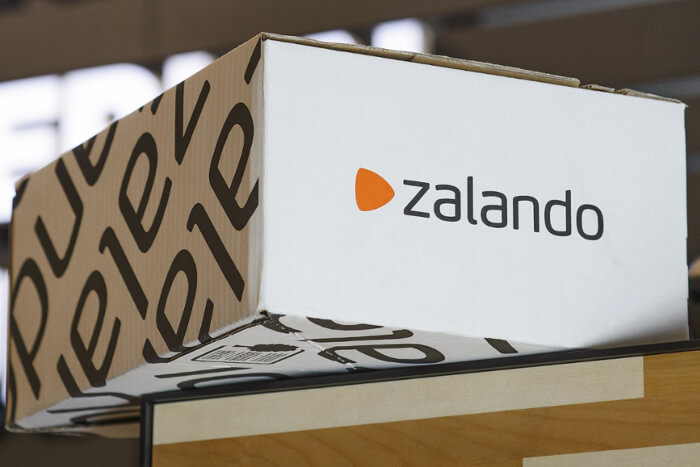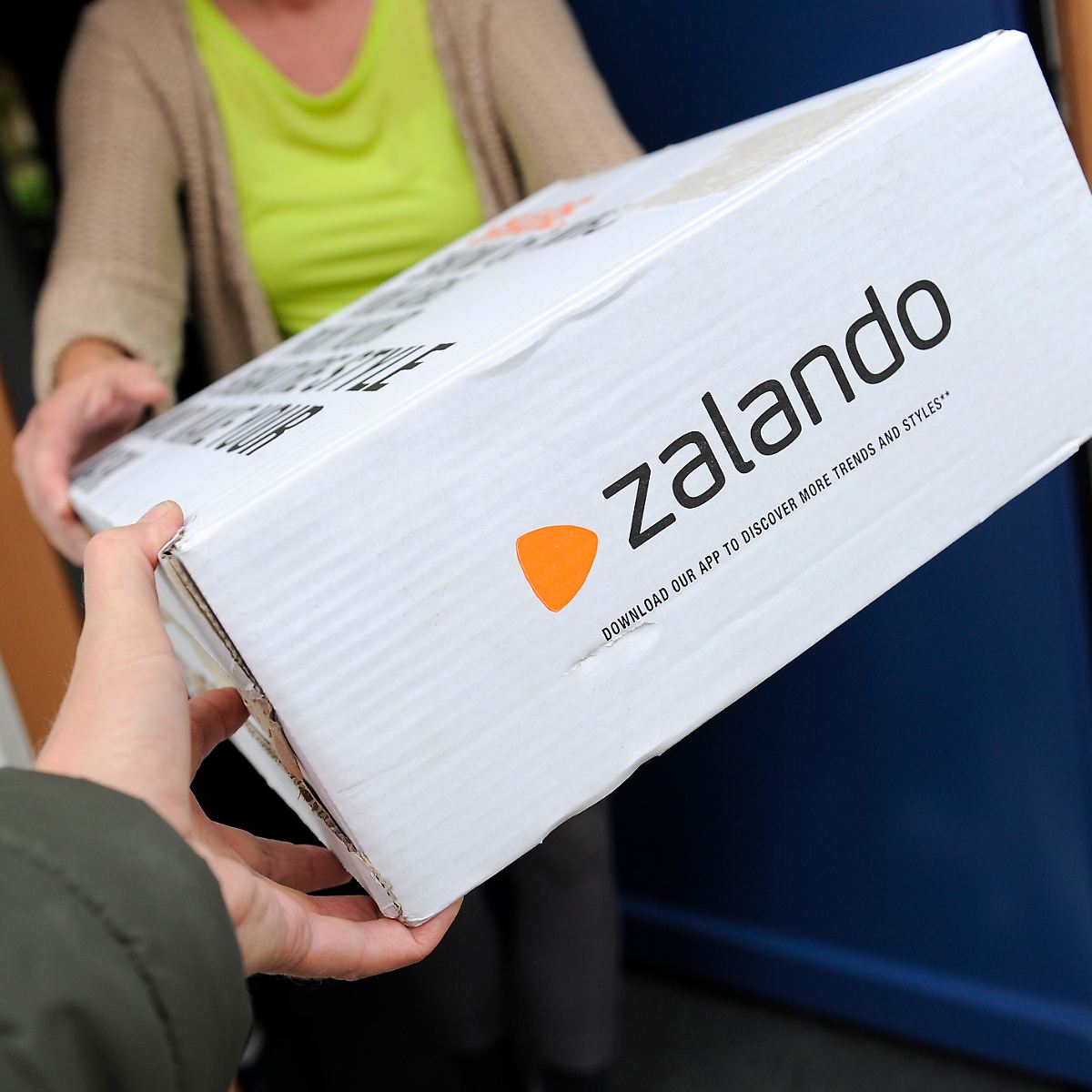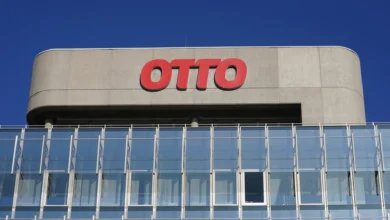Zalando Aktie: Insights, Risks, and Opportunities

1. What is Zalando and Why Its Stock Matters
zalando aktie, Zalando SE is a major European e-commerce company headquartered in Berlin, Germany. Founded in 2008 by Robert Gentz and David Schneider, the business has grown from selling shoes online to a broad offering including apparel, accessories, beauty products, and its own fashion labels.
The stock (in German “Aktie”) is listed on the Frankfurt Stock Exchange and is a component of the DAX index. This gives it prominence, meaning many institutional and retail investors in Europe pay attention to its performance.
Why does Zalando stock “matter”? Because it’s a barometer not only for Zalando as a company, but also for many broader trends: consumer spending in Europe; the evolution of online retail; competition between premium vs discount fashion; and how logistics, supply chains, and returns (a big issue in fashion-ecommerce) are managed. Changes in macroeconomic conditions, inflation, consumer confidence, etc., tend to hit companies like Zalando quite visibly. As such, its share performance is influenced by both internal strategy and external environment.
2. Recent Financial Performance & Trends
Revenue, Profit & Customer Base

In its recent financials, zalando aktie has shown a return to stronger growth. For 2024, revenue rose by approximately 4.2% to €10.6 billion. Net profit bounced up significantly ‒ the company posted €251 million, up from much smaller numbers in prior periods.
Active customers also continued increasing: by end-2024 Zalando had about 51.8 million active customers, up from ~49.6 million in the earlier year. Average order value also ticked upward (to about €60.9). These metrics matter because growth in users and order size tends to translate into revenue growth and, if costs are controlled, profit growth.
Profit Margins, Margin Improvements & Forecasts
One strong signal is improvement in adjusted EBIT (Earnings Before Interest & Taxes) margins. For 2024, zalando aktie reported an adjusted EBIT of around €511 million with a margin of ~4.8%, better than in prior years.
Looking ahead, Zalando has guided for revenue and GMV (gross merchandise volume) growth of 4% to 9% in 2025, and an adjusted EBIT somewhere in the range €530 million to €590 million, excluding its planned acquisition of About You. This suggests expectations of continued growth and margin improvement.
3. Catalyst: Strategic Moves & Competitive Landscape
zalando aktie is not just sitting still. It is making strategic shifts and responding to competition. Some of the key developments:
- Upmarket push: As cheaper fast-fashion players (e.g. Shein, Temu) compete aggressively on price, Zalando is bringing in more premium brands and beauty/sports lines. This is intended to boost average order values and margins.
- Geographical expansion: The company plans to enter new European markets (e.g. Bulgaria, Greece, Portugal), expanding its presence to about 28 markets. More markets mean more customers, but also more challenges (local logistics, regulations, consumer habits).
- Diversification of services: Zalando is increasing its business in logistics and software services (B2B). The growth in these segments has been strong, which helps smooth out volatility in consumer spending.
These strategies set up potential upside for the stock if executed well
4. Risks & Challenges
While the prospects are positive, there are several risks that investors in the Zalando Aktie should keep in mind.
Margin pressure & high costs
Operating in fashion-ecommerce brings heavy costs: marketing (to attract customers), logistics and returns, inventory risk, as well as technology and platform overhead. Any misstep in supply chain, fulfillment centres, or returns handling can eat into margins. If like many retail/ecommerce businesses, Zalando underestimates the cost of returns or travel distances or fails to optimize its fulfillment network, profitability can suffer.
Macroeconomic and consumer sentiment risk
Consumer spending in Europe has been under pressure from inflation, energy costs, and weak economic growth in certain countries. Because Zalando’s major markets are in Europe (not globally diversified in Asia, Americas etc.), it is especially exposed to European consumer trends. If disposable income drops, people tend to cut back on discretionary purchases like fashion. Uncertainty, e.g. from geopolitics, energy, inflation spikes, or regulatory changes (import/export, trade tariffs), could impact growth.
Competition
zalando aktie,the competitive landscape is tough. Fast-fashion platforms and discount cross-border sellers (e.g. Shein, Temu) compete strongly on price. On the other hand, premium and luxury brands are also increasing their direct or online presences, pushing Zalando to negotiate for brand exclusivity, quality, logistics, etc. Balancing price sensitivity versus premium positioning is tricky.
Also threats arise from alternative channels: offline retail still exists and some consumers shift back to physical stores for certain experiences; second-hand / sustainable fashion is growing, which may change how fashion ecommerce players differentiate themselves.
5. Valuation & Stock Outlook
For many investors, key questions are: Is the current price of Zalando Aktie attractive? What do analysts think? What are the valuation metrics saying?
- Price Targets & Analyst Sentiment: For example, CFRA in early 2025 set a 12-month target of €38 per share, lowered from €40, but still maintained a “Buy” rating. This suggests that despite lowering expectations slightly (due to market/macro risk), analysts generally see further upside. Some other analysts (like Bernstein) are more cautious.
- P/E Ratios & Forward Earnings: The company’s forward P/E (price-to-earnings) ratio in some forecasts is about 33+ for 2025, which is high compared to many traditional retailers. However, for growth companies, investors often accept higher P/E if they believe earnings will grow meaningfully and the business can maintain margins.
- Stock Price Movements & Volatility: The price has had periods of strong gains, but also pullbacks. As of certain points in mid-2025, stock prices were significantly below 52-week highs. That kind of volatility may be unsettling but can also present entry points for long-term investors.
- Guidance & Projections: The 2025 targets set by Zalando provide a key reference. If the company meets or beats its revenue growth (4-9%) and adjusted EBIT guidance (€530-590 million), then there’s justification for bullish outlooks. Failing to meet these might lead to downward pressure on the Aktie.
6. Should You Consider Buying Zalando Aktie?
Who it might be good for
- Growth-minded investors who believe in European e-commerce and think Zalando can keep improving margins, grow its customer base, and capture more premium business.
- Investors who value exposure to the fashion retail sector but want a more diversified business model (B2C plus B2B, marketplaces, logistics).
- Those who are willing to accept volatility. Because Zalando is sensitive to consumer confidence and macroeconomic swings, stock price can swing, so this is not for someone who wants guaranteed steady returns.
When to be cautious
- If valuation seems rich relative to risks, or if investors believe macro issues (inflation, weak consumer confidence) will worsen, then the risk-reward may not be favorable.
- If operational execution falters ‒ for example if logistics cost overruns, inventory mismanagement, or return rates worsen ‒ that could reduce profitability sharply.
- Exposure to regulatory / trade / import issues: as Zalando expands, cross-border logistics become more complicated.
7. Long-Term Prospects & Conclusion
Looking further out (3-5 years), several factors will likely shape Zalando Aktie’s performance:
- The success of its upmarket strategy. If premium brands, beauty, sports (especially higher price items) grow faster than discount lines, then average order values and margins can improve.
- Expansion into new markets. More countries means more customers, but also more logistical complexity, local competition, and regulatory burden. If Zalando handles that well, it could unlock significant growth.
- Growth of its B2B/logistics/software services. Diversifying revenue streams beyond purely selling fashion can cushion it against cyclical downturns in consumer demand.
- Sustainability and ESG trends. A growing number of consumers in Europe care about sustainable fashion practices. Zalando’s ability to integrate sustainability (materials, returns, packaging) could influence brand perception and regulatory risk.
In conclusion, Zalando Aktie appears to be an interesting proposition with a mix of solid recent financials, strategic momentum, and real competitive pressures. For investors who believe in the long-term rise of fashion ecommerce in Europe and trust in Zalando’s ability to execute, there is likely upside. But it is not without risks: margin pressure, macroeconomic headwinds, and competition are very real.



